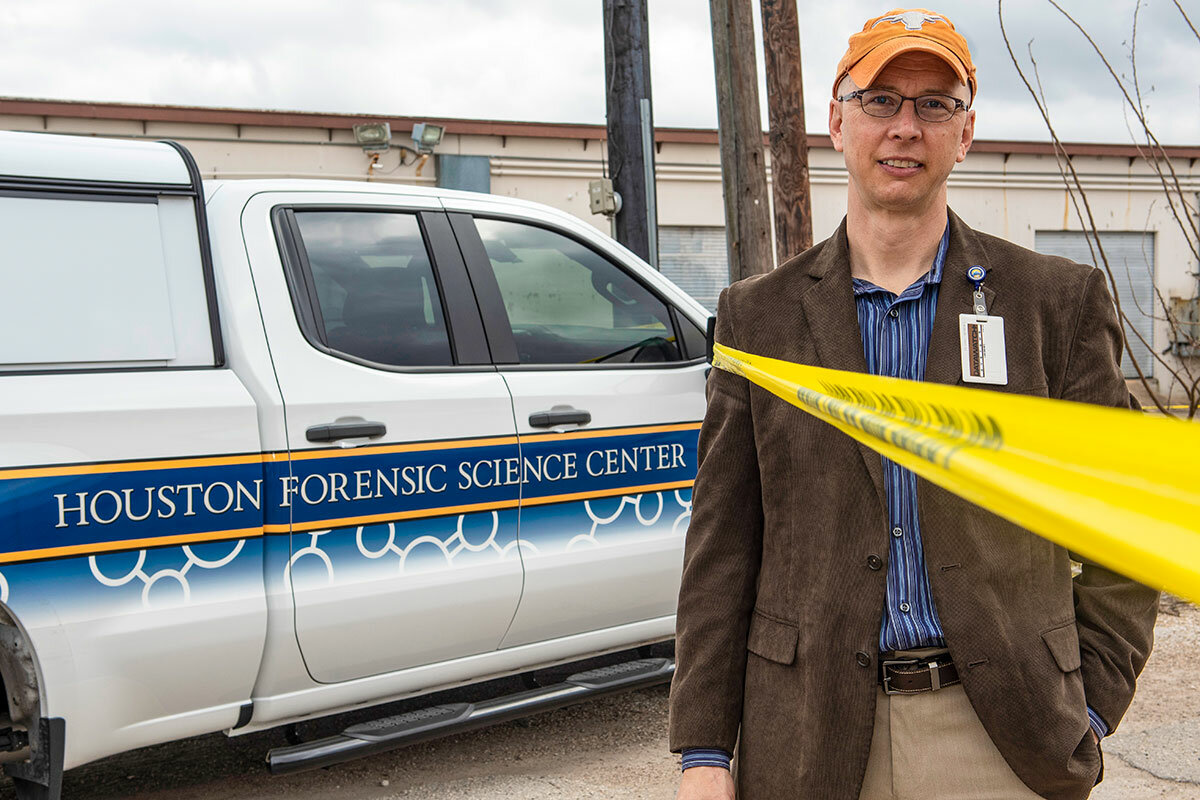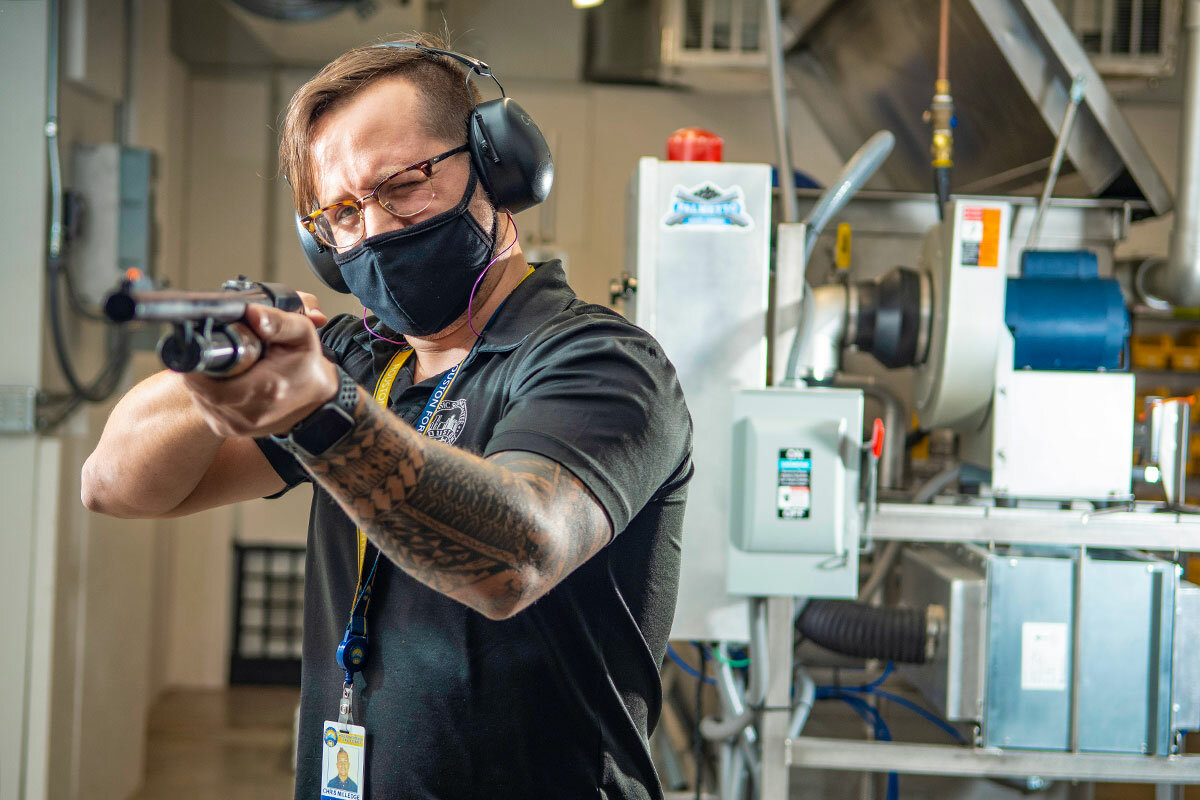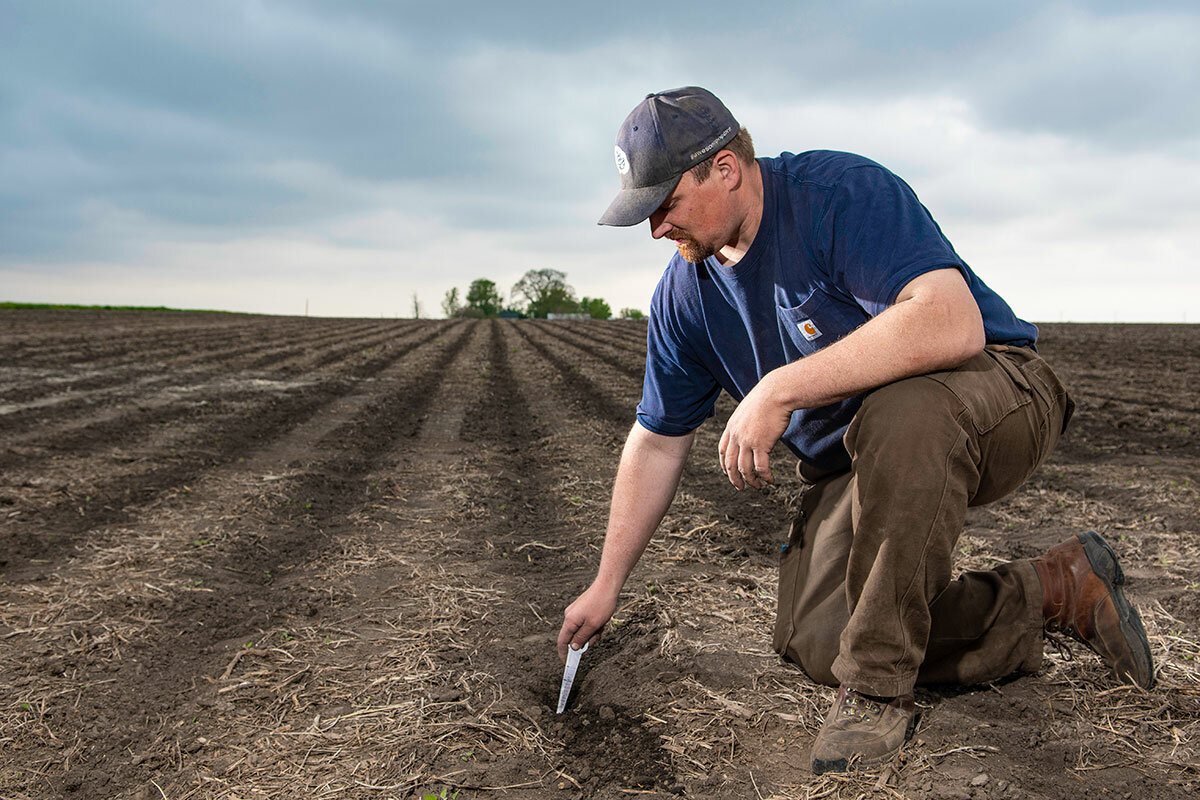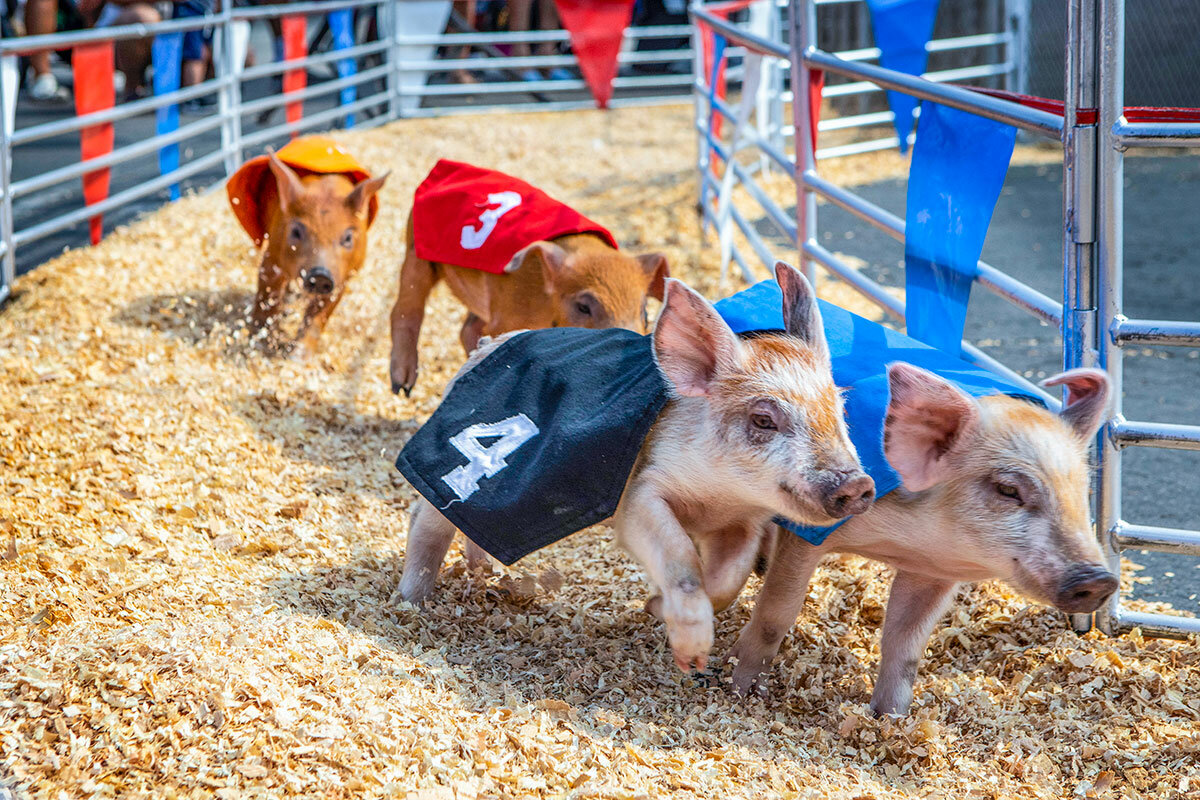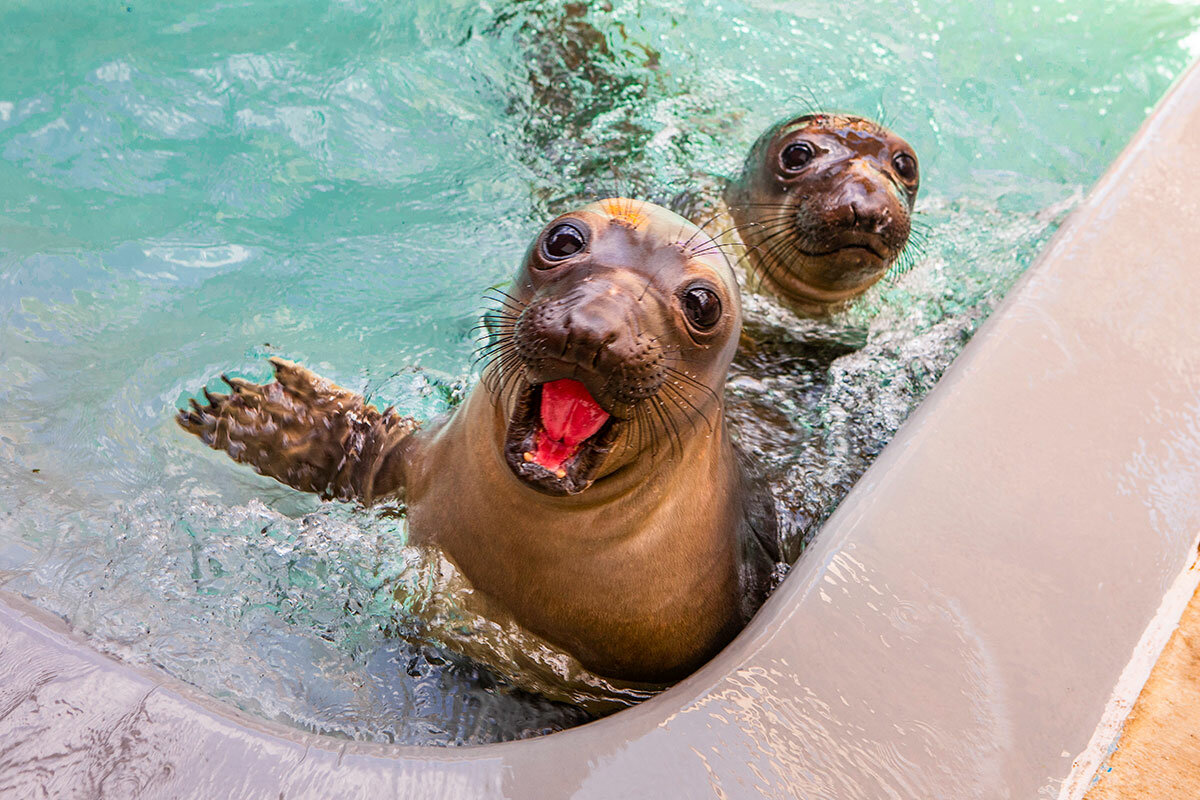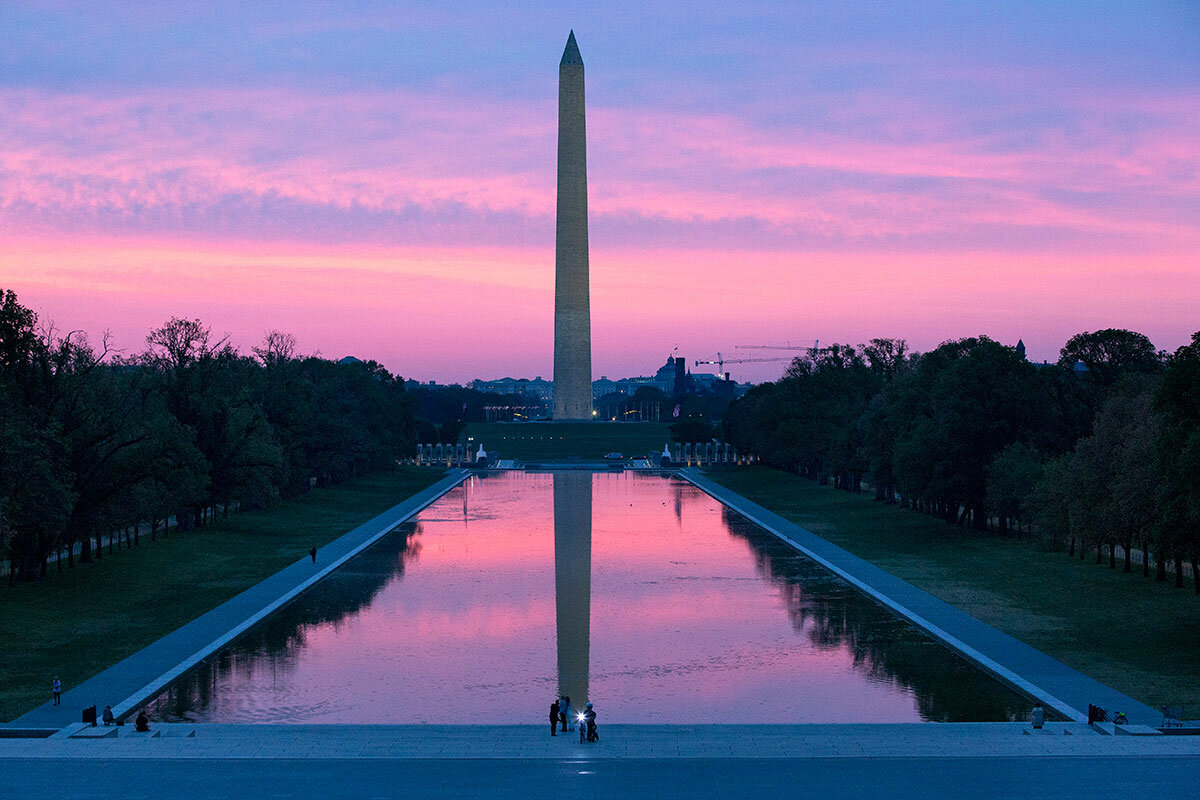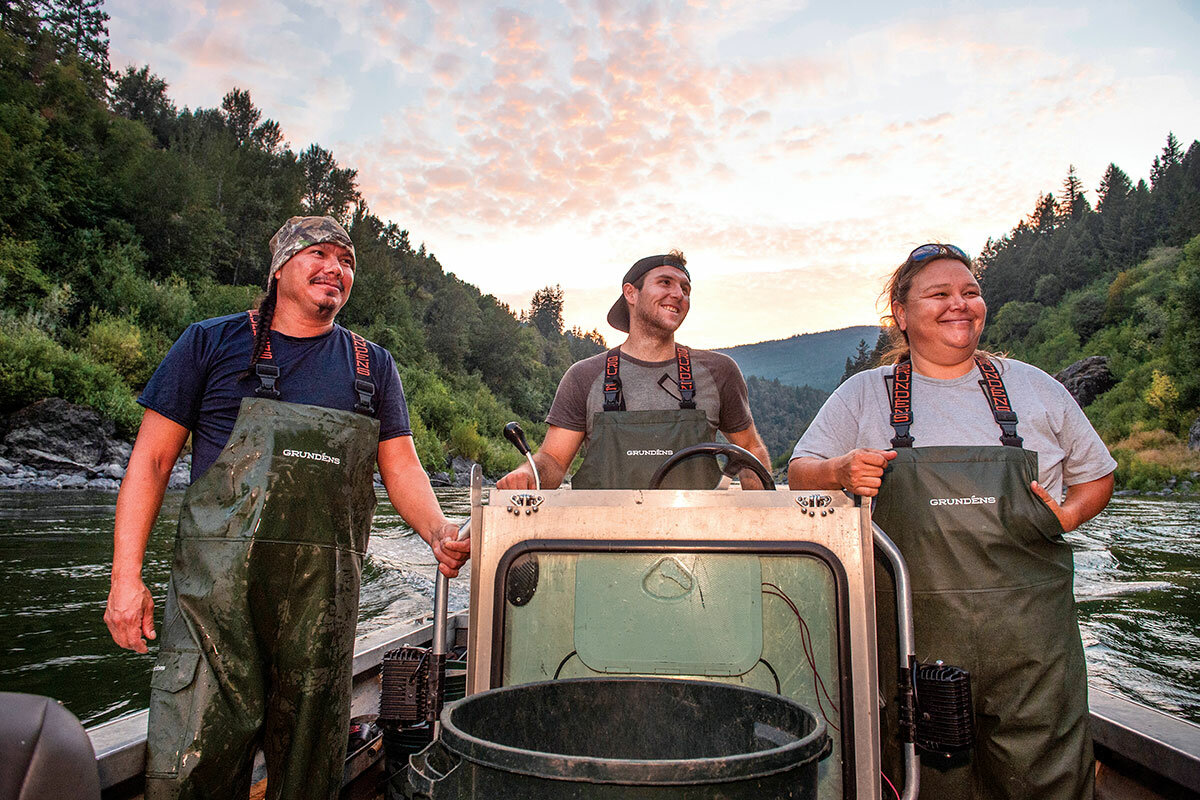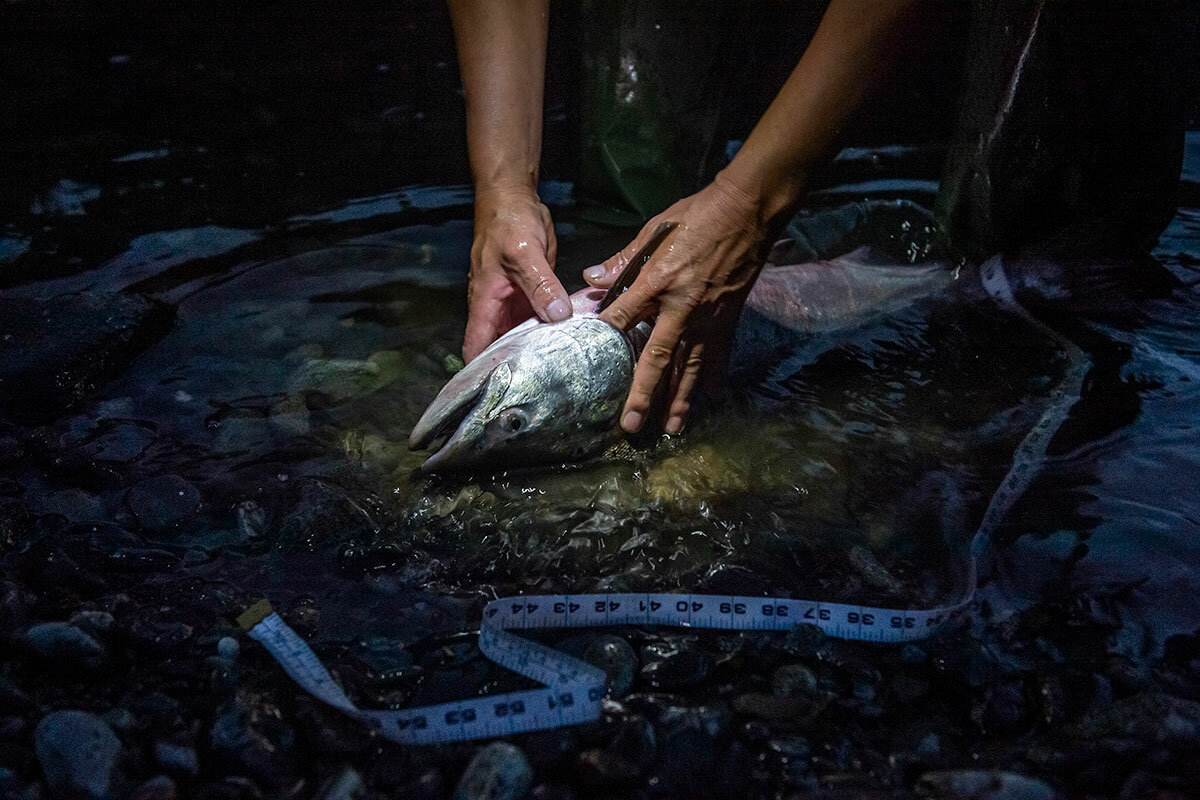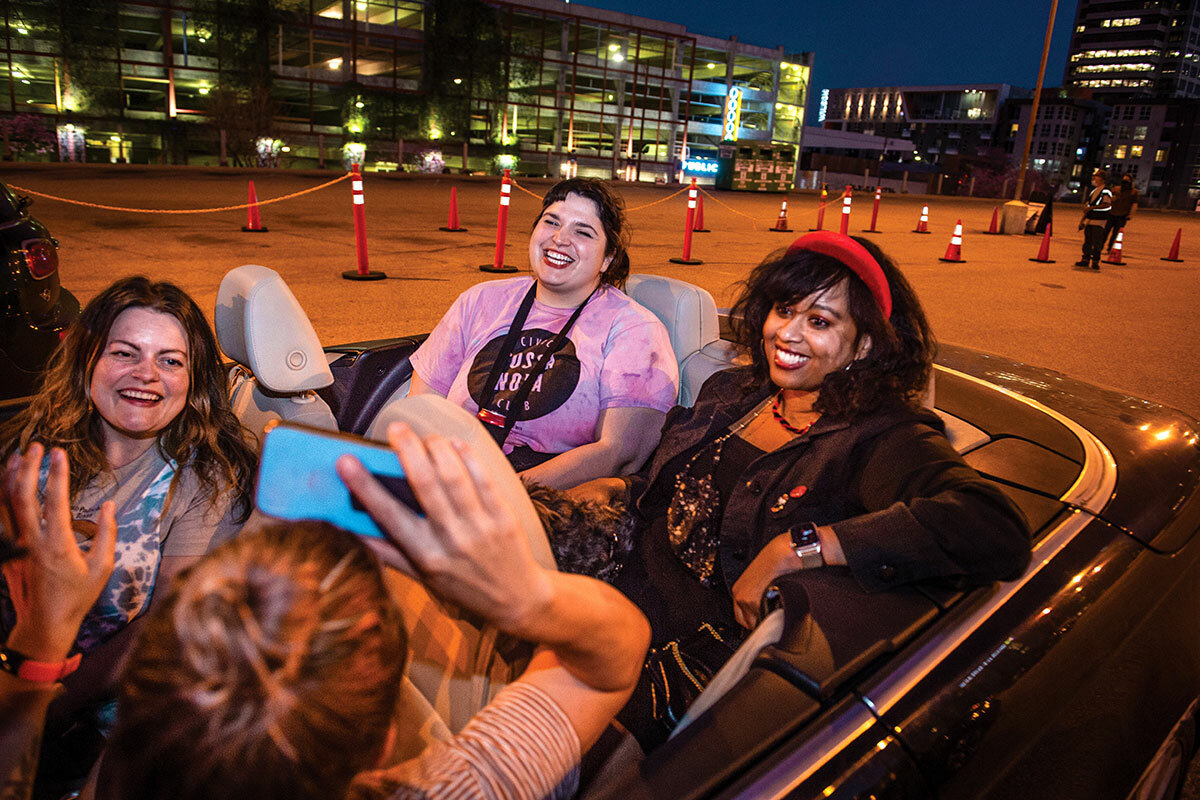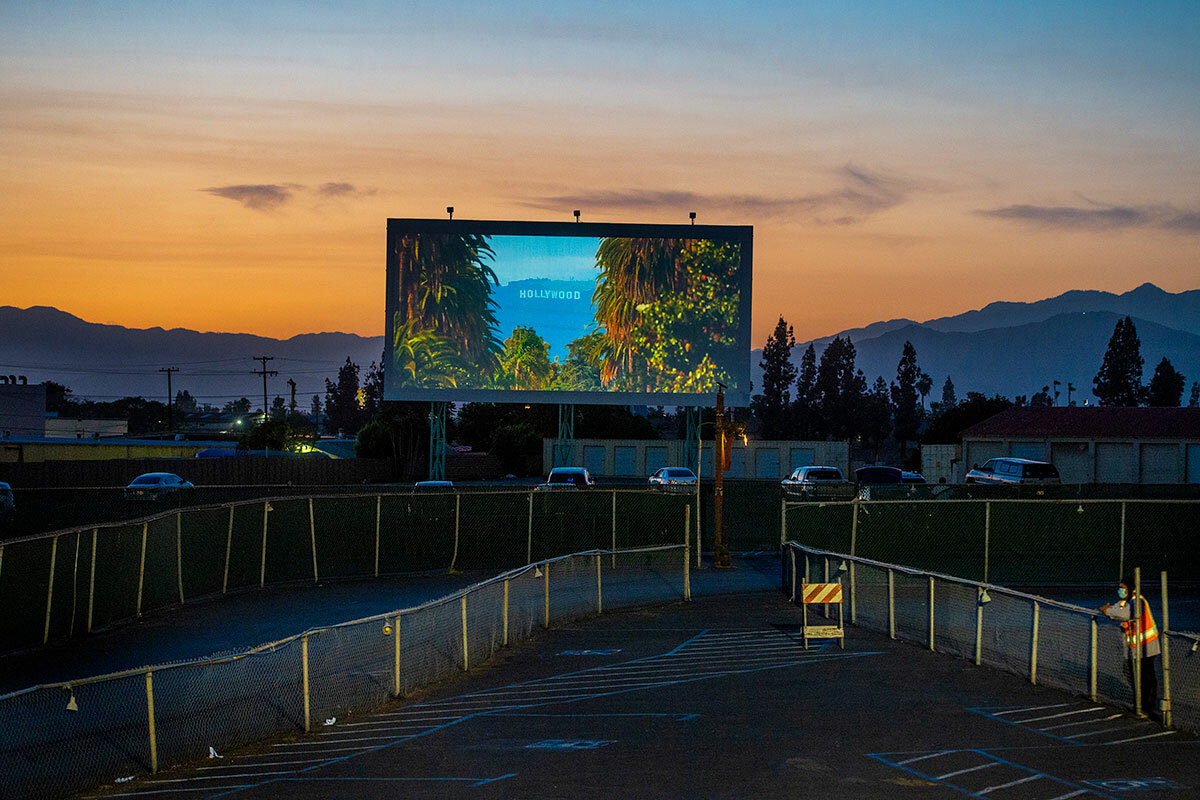A year of resilience: Monitor photographers reflect on 2021
Loading...
This time last year, most of us were preparing – or at least hoping – for 2021 to bring a return to “normal.” But hindsight, as they say, is 20/20. Now when I reflect on the past 12 months, I see a year of learning to flex and grow within a new reality.
I have come to appreciate humanity’s immense ability to adapt to new and unprecedented situations. Throughout the year, I have seen demonstrations of this in myself and in society at large.
Yes, the pandemic forced us to reconsider many things, from the most basic of human interactions to how we define the workplace. However, history has shown that humans are very good at adapting to radical changes. We redefined our way of life when we became an agricultural society, then an industrial one, and now we are learning to cope with the information revolution. Seems to me that humans in general embrace change as a path forward.
Why We Wrote This
When Monitor photographers returned to the field in 2021, they found a society eager to come back together – and a newfound joy of their own.
This year, I worked on three stories that helped to underscore that idea for me. In Houston, I met the director of the Houston Forensic Science Center, who overcame personal tragedy and injustice as a youth and made it his lifework to correct the failures of a system that had let him down. In the American Midwest, I met farmers who had embraced alternative sources of energy, even when the idea of a changing climate went against their core belief system. And a bit closer to home, in Massachusetts, I was introduced to a man who devoted himself to helping people overcome their fears and discover the joy of open water swimming, as a way to combat closures and restrictions due to the pandemic.
As we enter 2022, I am sure that we will encounter more challenges. But I’ve learned that humanity finds a way to adapt, whatever comes our way. Or, at the very least, I know in my heart that we will give it our best shot.
– Alfredo Sosa, director of photography
In search of light
For the first three and a half months of 2021, I went nowhere. At least not for one of the long and faraway trips that have been my routine for decades. And when I finally began traveling again, it wasn’t like before. It was better.
I guess that’s what being cooped up at home will do – we realize what’s important, what we’ve missed. Being out on assignment again was exotic and exciting. But it was also comforting to see the broader world still intact and ready to roll with whatever comes next.
My first multiday trip out of Boston was to my hometown of Washington, D.C., just as the city was starting to reopen in late April. Government workers and tourists were scarce. The streets and National Mall were quiet. At dawn, as I gazed out over the city from the steps of the Lincoln Memorial, the monuments spoke to me of our country’s long history of overcoming challenges – ones even bigger than a pandemic or insurrection. Martin Luther King Jr. reminded me that “the arc of history is long, but it bends towards justice.”
June took me to a county fair in San Diego. I found people yearning to reconnect, to be in crowds again – smaller crowds than usual but still ... crowds. I admit to visiting the piglet races many times. I laughed at the same eye-rolling jokes about piglets named Brad Pig and Kim Kardashingham, reminders of just how fortifying humor can be. Bonding with the audience through laughter felt so familiar, so right.
All year, I found myself drawn to animals as a source of light. Animals are pure in their affections and reactions. Whatever happens, they just carry on. They stun me not just with their perseverance, but with their grace.
I can’t do my job without light. I love that it’s always there to find.
– Melanie Stetson Freeman, staff photographer
Persistence of life
What does resilience look like? I’ve found proof of the persistence of life in the strangest places – a popcorn stand, a riverbank, even from the air.
A few photo assignments from this past year stand out to me as evidence of how hard-wearing we all are. They’ve helped me to remember how readily life will return, even if it looks a little different than before.
With indoor cinemas shut down early in the year, many of us were watching from home, missing the collective experience of going to the theater. Good thing a pandemic solution already existed in the form of drive-in movies. In warm-weather places like Los Angeles, new pop-up and old-school drive-ins were thriving and finding ways to accommodate customers.
I saw a different kind of revival, in Northern California, along the banks of the Klamath River. The Yurok and other Native American tribes have been working hard to maintain the health of the salmon and the river, which is central to their culture. Four dams that have long disrupted salmon runs will be coming down. The river will run free once again.
A New Mexico community also celebrated a kind of liberation this year, with the return of the Albuquerque International Balloon Fiesta. After a pandemic hiatus, hot air balloons once again soared over the city by the hundreds. As I photographed from one of those balloons looking down over the city, I experienced the endurance of these traditions and found it lovely to capture them firsthand.
– Ann Hermes, staff photographer






